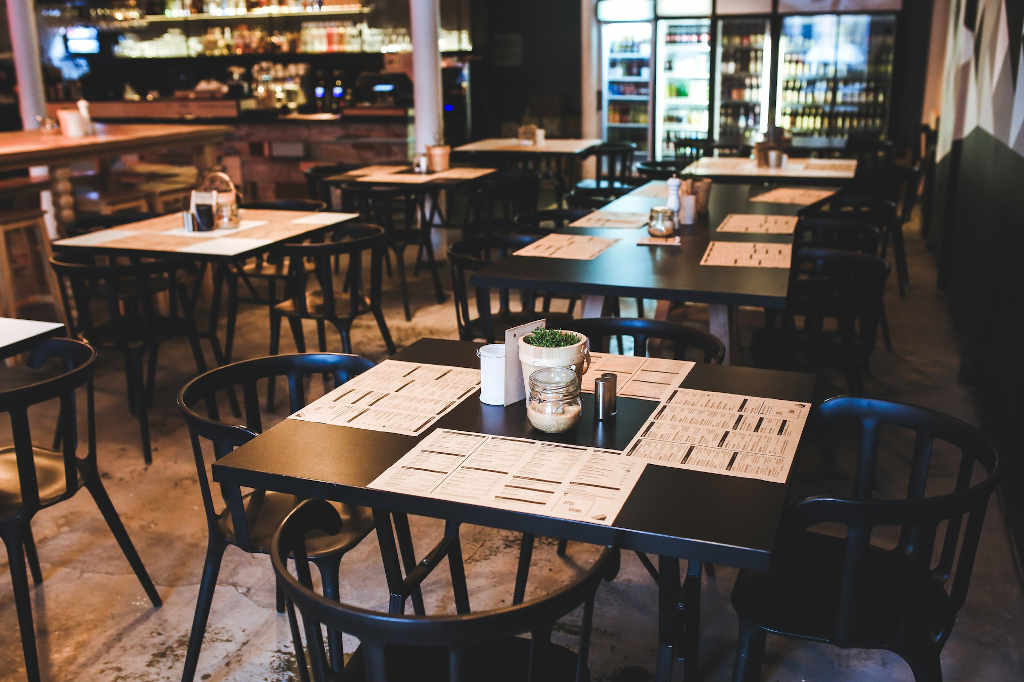
COVID-19 has changed the landscape of the restaurant industry in its entirety. With the world facing a pandemic, restaurant sales have plummeted by 47% as compared to last year. Without central revenue streams like dine-in services, restaurants have been pushed to think outside the box to find revenue sources.
Many restaurant operators realized that launching groceraunts, or grocery stores from their restaurants, was a viable method of making money in the short term as consumers began shifting 23% of their spending to grocery. But as restaurants begin to reopen, what will happen to the Groceraunt trend? Will brands continue to offer groceries and should your brand be selling ingredients as groceries, if you aren’t already? All signs point to the Groceraunt trend lasting longer than COVID-19 because of the numerous benefits to both restaurants and their customers. After the case for Groceraunts is laid out, this article will provide some examples and frameworks to show how restaurants are currently executing their Groceraunts.
The Case for Restaurants
It’s honestly surprising that it took a pandemic for restaurants to realize they can capitalize on the restaurant-supplier relationship other than cooking the food. The ability to obtain bulk food at cost is an undeniable competitive advantage that has enabled many restaurants to survive COVID-19. In addition to more revenue, selling ingredients has prevented layoffs, with one Candian restaurant operator claiming he kept 42% more staff after starting to sell groceries.
Even after the COVID-19 dust settles, there’s reason to believe that groceraunts will thrive. With new dine in regulations expected until a vaccine is created, it’s fair to assume that there will be lower dine-in volume for the foreseeable future. This means lower sales and fewer wait staff. Selling groceries will drive some additional revenue while allowing staff to stay on in a different role. Furthermore, with lower dine-in volume, it’s crucial that restaurants maximize the value of every order. By offering groceries in addition to cooked food, restaurants can increase their average order size, driving further profits.
The Case for Consumers
Regardless of how much sense it makes for the restaurants, offering groceries won’t drive revenue unless consumers are buying them. So why would consumers buy groceries from restaurants? With the current isolation rules that many of us are facing, consumers are looking for any safe methods of obtaining groceries. Ordering online from your local grocery store works, but often results in a lengthy wait or numerous out of stock items. By ordering groceries through restaurants, consumers can mitigate those issues while supporting their favourite struggling restaurants in a cost effective way.
Even after life returns to normal, consumers can still receive a lot of value from groceraunts. The convenience factor still holds true. Whether we’re facing a pandemic or not, ordering groceries and having them at your door in 30 minutes is awesome. And with an established presence on third party delivery apps, ordering from groceraunts will be easier for consumers than ordering groceries online.
All of that being said, Groceraunts will be offering items that they normally have in store. So consumers won’t be able to order from their local Italian restaurant as if it’s Walmart, but that may still appeal to customers by offering items that can’t be found in typical grocery stores. For example, bakeries can sell dough and restaurants can sell their spice blends and sauces. Restaurants can also bundle items that contribute to a meal, providing all ingredients to cook a meal, for example a turkey dinner, Taco Tuesday, or pizza night. All of these solutions help establish that coveted restaurant experience that keeps customers coming back, which will help build loyalty through takeout and delivery.
What Grocery Items are Restaurants Offering?
In theory, Groceraunts make a ton of sense, but what about proper execution? A few of our customers have launched Grocery departments but their offerings are slightly different. Rib Crib, a BBQ chain based out of Oklahoma, has been offering individual grocery items directly from their fridge and pantry, including eggs, dairy, produce, meat and pantry supplies. They’re even selling toilet paper and plastic gloves! On the other hand, Burger’s Priest, a Canadian burger chain, has taken more of a bundled approach, offering a DIY burger kit that includes 6 burgers, 6 buns, cheddar cheese, secret sauce, pickles, lettuce, tomato and a roll of chocolate chip cookie dough for $34.99.
Both Rib Crib and their individual item strategy and Burger’s Priest and their bundled item strategy saw success because they offered their customers’ favourite items. When thinking about what items to offer, think about what makes your brand special and try to recreate that in your customers home. Just because they have to do the cooking, doesn’t mean restaurants can’t improve the dining experience.
The Future of Groceraunts
It’s clear that for now, restaurants are selling groceries to drive incremental sales with the goal of staying afloat until COVID-19 passes, but Groceraunts could remain relevant by filling a different role later on. Currently, with dine-in suspended in most restaurants, restaurants are ordering inventory to fuel takeout and grocery. In the future, restaurants may not use their suppliers to fill grocery orders, but instead use grocery bundles as a way of offloading leftover inventory at a lower price. When combining the value from the reduced prices with the convenience of delivery, it’s a strong offer. And with COVID-19 on everyone’s minds, this is the time to allocate resources towards your Groceraunt, spending in operations, training and marketing to allow your brand to reap the benefits in the future.
Learn more MeazureUp and how they can help improve employee efficiency and compliance for your chain restaurant.


